Why Do Autistic People Wear Headphones?
.jpg)

Understanding Autism and Sensory Sensitivities
To comprehend why autistic individuals often wear headphones, it is essential to first understand autism and the sensory sensitivities associated with this neurodevelopmental condition.
What is Autism?
Autism, also known as Autism Spectrum Disorder (ASD), is a complex neurodevelopmental condition that affects how individuals perceive and interact with the world around them. It is characterized by difficulties in social communication and interaction, as well as restricted and repetitive patterns of behavior, interests, or activities.
Autism is a spectrum disorder, meaning that it manifests in a wide range of ways and varies in severity. Each individual with autism is unique, with their own strengths, challenges, and differences in sensory processing.
Sensory Sensitivities in Autism
Sensory sensitivities are a common feature of autism. Many autistic individuals experience heightened or reduced sensitivity to sensory stimuli, such as sound, light, touch, taste, and smell. These sensory sensitivities can significantly impact their daily lives and contribute to feelings of overwhelm and discomfort.
In the context of sound, individuals with autism may be more sensitive to certain noises or frequencies, experiencing them as louder or more intense than neurotypical individuals. This hypersensitivity to sound can lead to sensory overload and feelings of distress.
To manage these sensory sensitivities and create a more comfortable environment, autistic individuals often turn to headphones as a tool for sensory regulation.
Understanding the unique challenges faced by autistic individuals and their sensory sensitivities is crucial in recognizing the reasons behind their preference for wearing headphones. By providing a supportive and inclusive environment, we can promote understanding and acceptance for individuals on the autism spectrum.
The Role of Headphones for Autistic Individuals
Autistic individuals often find solace and comfort in wearing headphones. This section explores why autistic individuals wear headphones and the benefits they provide for sensory regulation.
Why Do Autistic Individuals Wear Headphones?
Autistic individuals have unique sensory sensitivities that can make certain sounds overwhelming and distressing. These sensitivities can range from sensitivity to loud noises, such as sirens or vacuum cleaners, to sensitivity to everyday sounds, such as conversations or background noise. To cope with these sensory challenges, autistic individuals may choose to wear headphones.
By wearing headphones, autistic individuals can create a personal sound barrier that helps to minimize or filter out overwhelming auditory input. This can provide a sense of control and reduce the anxiety and stress that can result from exposure to sensory triggers. Headphones act as a tool for self-regulation, allowing autistic individuals to manage their sensory experiences and navigate the world around them more comfortably.
Benefits of Headphones for Sensory Regulation
The use of headphones by autistic individuals offers a range of benefits for sensory regulation. Here are some key advantages:
- Noise Reduction: Headphones, especially those with noise-canceling or noise-isolating features, can significantly reduce the volume of external sounds. This reduction in noise allows autistic individuals to create a quieter and more predictable environment, which can help to alleviate sensory overload and promote a sense of calm.
- Sensory Filtering: By wearing headphones, autistic individuals can filter out specific sounds or frequencies that are particularly bothersome or overwhelming. This filtering enables them to focus on the sounds they find soothing or enjoyable, enhancing their overall sensory experience.
- Increased Comfort: The physical act of wearing headphones can provide a sense of comfort and security. The pressure exerted by the headphones on the ears can have a calming effect, similar to the use of weighted blankets or deep pressure therapy.
- Privacy and Personal Space: Headphones can also serve as a visual signal to others that an autistic individual may need some privacy or personal space. This can help to reduce unwanted interactions or interruptions, allowing them to engage in activities or tasks without distractions.
It's important to note that the use of headphones by autistic individuals should be respected and understood as a coping mechanism rather than a sign of isolation or antisocial behavior. By recognizing the role of headphones in sensory regulation, we can promote acceptance and create a more inclusive environment for autistic individuals.
Noise Sensitivity and Overwhelm
For autistic individuals, noise sensitivity can be a significant challenge that affects their daily lives. The impact of noise sensitivity can vary from person to person, but it often leads to feelings of overwhelm and discomfort. In this section, we will explore the impact of noise sensitivity on autistic individuals and how headphones can help alleviate this sensory issue.
The Impact of Noise Sensitivity on Autistic Individuals
Autistic individuals often experience heightened sensitivity to sound, which can make even everyday noises unbearable. Common sounds that may not bother neurotypical individuals, such as background chatter, sirens, or loud music, can be overwhelming and distressing for someone with autism. This hypersensitivity to noise can lead to anxiety, stress, and difficulty in focusing or processing information.
It's important to note that the degree of noise sensitivity can vary among individuals with autism. Some may be more sensitive to specific frequencies or types of sounds, while others may have a general sensitivity to all loud noises. Understanding and accommodating this sensitivity is crucial in creating an inclusive and supportive environment for autistic individuals.
How Headphones Help with Noise Sensitivity
Headphones play a vital role in helping autistic individuals manage their noise sensitivity and reduce the impact of overwhelming sounds. By wearing headphones, autistic individuals can create a personal sound barrier that filters out excessive noise and provides a sense of control over their auditory environment. This allows them to regulate their sensory input and minimize the impact of triggering sounds.
Headphones designed for noise reduction or noise isolation are particularly beneficial for autistic individuals. These headphones use advanced technology to block or reduce external noises, providing a quieter and more soothing auditory experience. The noise reduction capabilities help to create a calmer environment, reducing the likelihood of sensory overload.
Additionally, headphones can be used to play soothing or familiar sounds, such as calming music or white noise, which further helps to mask or drown out disruptive noises. This can create a more predictable and comforting auditory environment for autistic individuals, promoting a sense of security and tranquility.
Choosing headphones that are comfortable and well-fitting is essential for ensuring maximum effectiveness and comfort. Autistic individuals may have specific preferences regarding the fit, weight, and style of headphones, so it's important to consider their individual needs and preferences when selecting the right pair.
By understanding the impact of noise sensitivity on autistic individuals and the role that headphones play in mitigating this challenge, we can promote a more inclusive and understanding society. Normalizing the use of headphones for sensory regulation and fostering empathy and support for autistic individuals can contribute to creating a more accepting and accommodating world for everyone.
Creating a Calm and Focused Environment
For autistic individuals, creating a calm and focused environment is crucial for their well-being and ability to navigate the world around them. Headphones play a significant role in achieving this by reducing distractions and overstimulation, ultimately promoting concentration and productivity.
Reducing Distractions and Overstimulation
Autistic individuals often experience sensory sensitivities that can make everyday environments overwhelming. Noises, such as loud conversations, background music, or unexpected sounds, can be particularly disruptive and lead to sensory overload. Wearing headphones provides a solution to this challenge by reducing the impact of external auditory stimuli.
By wearing headphones, autistic individuals can create a barrier between themselves and the surrounding noise. This helps to minimize distractions, allowing them to focus on the task at hand or engage in activities without being overwhelmed by extraneous sounds. Whether in a busy classroom, a crowded shopping mall, or a bustling office, headphones offer a sense of control over the auditory environment.
Promoting Concentration and Productivity
For autistic individuals, maintaining concentration and productivity can be a struggle due to sensory sensitivities and difficulties with filtering out irrelevant stimuli. Headphones can serve as a valuable tool in enhancing these cognitive processes.
By listening to calming or familiar music, white noise, or other preferred sounds, autistic individuals can create a consistent and predictable auditory backdrop. This can help drown out distracting noises and provide a soothing environment that aids in concentration and focus. Moreover, the act of putting on headphones can serve as a visual cue to others that the individual is engaged in a task and should not be interrupted, promoting uninterrupted work or study time.
To further enhance concentration and productivity, it's important for autistic individuals to choose headphones that provide a comfortable fit and sufficient noise-canceling or noise-isolating features. This ensures that the headphones effectively block out unwanted sounds and create an optimal environment for focus.
Creating a calm and focused environment is essential for autistic individuals to thrive in various settings. By reducing distractions and overstimulation with the help of headphones, they can navigate their surroundings with greater ease, engage in activities more effectively, and maximize their productivity. It is important to understand and respect the use of headphones as a valuable tool for sensory regulation in the autistic community.
Considerations for Choosing Headphones
When it comes to choosing headphones for autistic individuals, there are several considerations to keep in mind. These considerations include comfort and fit, noise-canceling and noise-isolating features, and style and appearance.
Comfort and Fit
Comfort and fit are essential factors to consider when selecting headphones for autistic individuals. It's important to choose headphones that are lightweight and adjustable to ensure a comfortable experience, especially for extended periods of use. The ear cups should be well-padded to minimize pressure on the ears. Adjustable headbands and ear cups that can swivel or rotate can provide a customized fit for different head shapes and sizes.
Noise-Canceling and Noise-Isolating Features
Noise sensitivity is a common challenge for autistic individuals, and headphones with noise-canceling or noise-isolating features can be beneficial in creating a more peaceful listening environment. Noise-canceling headphones use built-in microphones to detect ambient noise and produce sound waves that cancel out those unwanted sounds. On the other hand, noise-isolating headphones physically block external noise by creating a seal around the ears. Both options can help reduce distractions and promote a sense of calm for autistic individuals.
Style and Appearance
While not directly related to functionality, the style and appearance of headphones can be an important consideration for autistic individuals. Some individuals may prefer headphones that are more discreet and blend in with their surroundings, while others may prefer bold colors or unique designs that express their personality. Ultimately, the choice of style and appearance should be based on individual preferences and comfort.
Selecting headphones that prioritize comfort, incorporate noise-canceling or noise-isolating features, and align with personal style preferences can greatly enhance the experience for autistic individuals. By considering these factors, it becomes easier to find headphones that contribute to a more comfortable and sensory-friendly environment, allowing individuals to embrace the benefits that headphones provide.
Promoting Understanding and Acceptance
To foster a more inclusive society, it's essential to promote understanding and acceptance of autistic individuals and their choices, including the use of headphones as a sensory regulation tool. By normalizing the use of headphones and encouraging empathy and support, we can create a more inclusive environment for everyone.
Normalizing the Use of Headphones for Autistic Individuals
Normalizing the use of headphones for autistic individuals involves raising awareness and educating others about the reasons behind their use. By understanding that headphones can help autistic individuals manage sensory sensitivities and create a more comfortable environment, we can create a culture of acceptance and support.
It is important to recognize that the use of headphones is a personal choice and should not be stigmatized or seen as a negative behavior. Autistic individuals may wear headphones to reduce sensory overload, block out distracting sounds, or create a sense of calm. By normalizing their use, we can help create a more inclusive and accommodating society.
Encouraging Empathy and Support
Encouraging empathy and support is key to fostering understanding and acceptance. By putting ourselves in the shoes of autistic individuals, we can gain a better understanding of their experiences and challenges. Here are some ways we can show empathy and support:
- Educate ourselves: Take the time to learn about autism and sensory sensitivities. Understanding the unique experiences and needs of autistic individuals can help us be more empathetic and supportive.
- Respect personal boundaries: If you encounter someone wearing headphones, respect their need for personal space and sensory regulation. Avoid making assumptions or judgments based on their use of headphones.
- Foster open communication: Create a safe and inclusive environment where individuals feel comfortable expressing their needs and preferences. Encourage open dialogue and listen without judgment.
- Spread awareness: Share information and resources about autism and sensory sensitivities to promote understanding among friends, family, colleagues, and the wider community. By raising awareness, we can challenge misconceptions and stereotypes.
- Advocate for inclusive environments: Encourage schools, workplaces, and public spaces to be more accommodating and understanding of sensory sensitivities. This can include providing quiet areas, implementing noise reduction measures, and promoting sensory-friendly practices.
By promoting understanding, empathy, and support, we can create a society where autistic individuals feel accepted and included. Normalizing the use of headphones as a tool for sensory regulation is just one step towards building a more inclusive world for everyone.
Sources
https://www.crossrivertherapy.com/autism/why-do-autistic-people-wear-headphones
https://www.goldstarrehab.com/why-do-autistic-people-wear-headphones
https://www.cogentica.com/why-do-autistic-people-wear-headphones
More Resources
Expert Clinicians
Get started today ->


.jpg)
.jpg)

.jpg)
.jpg)
















































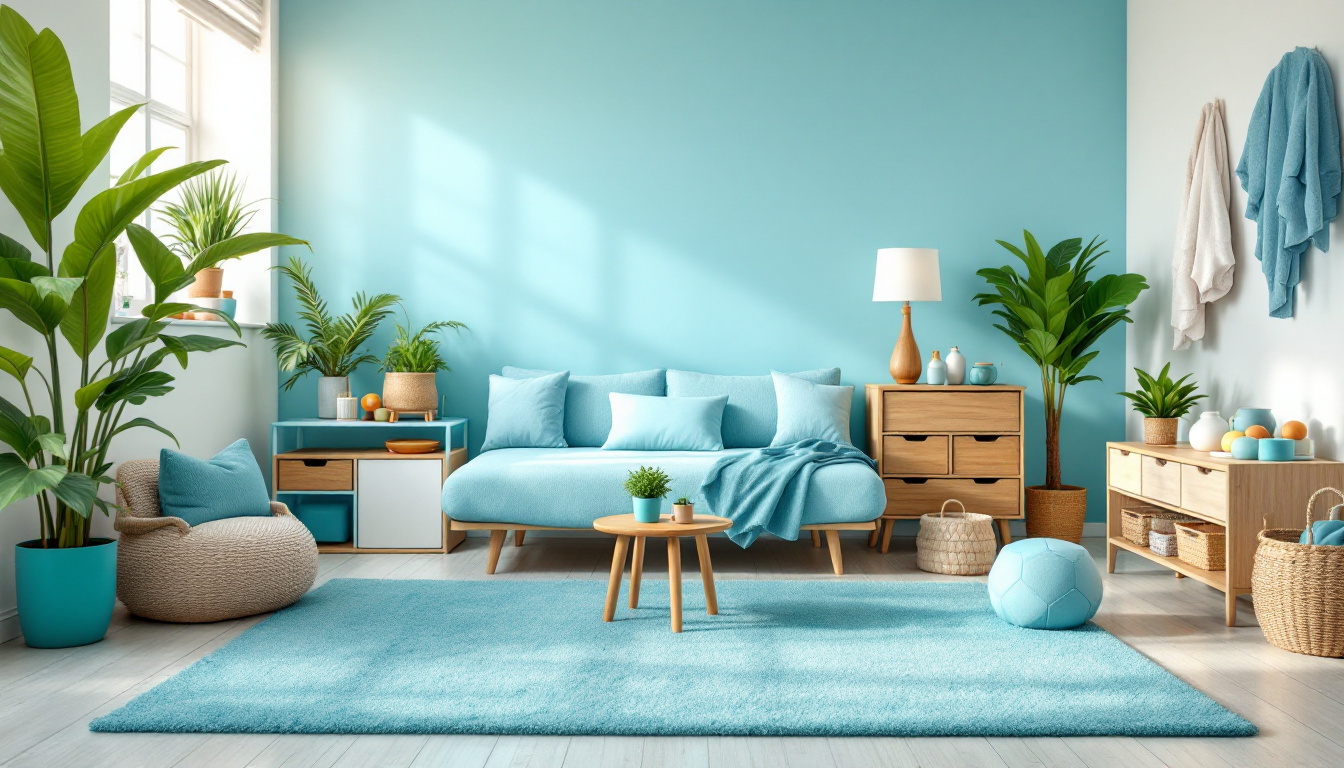


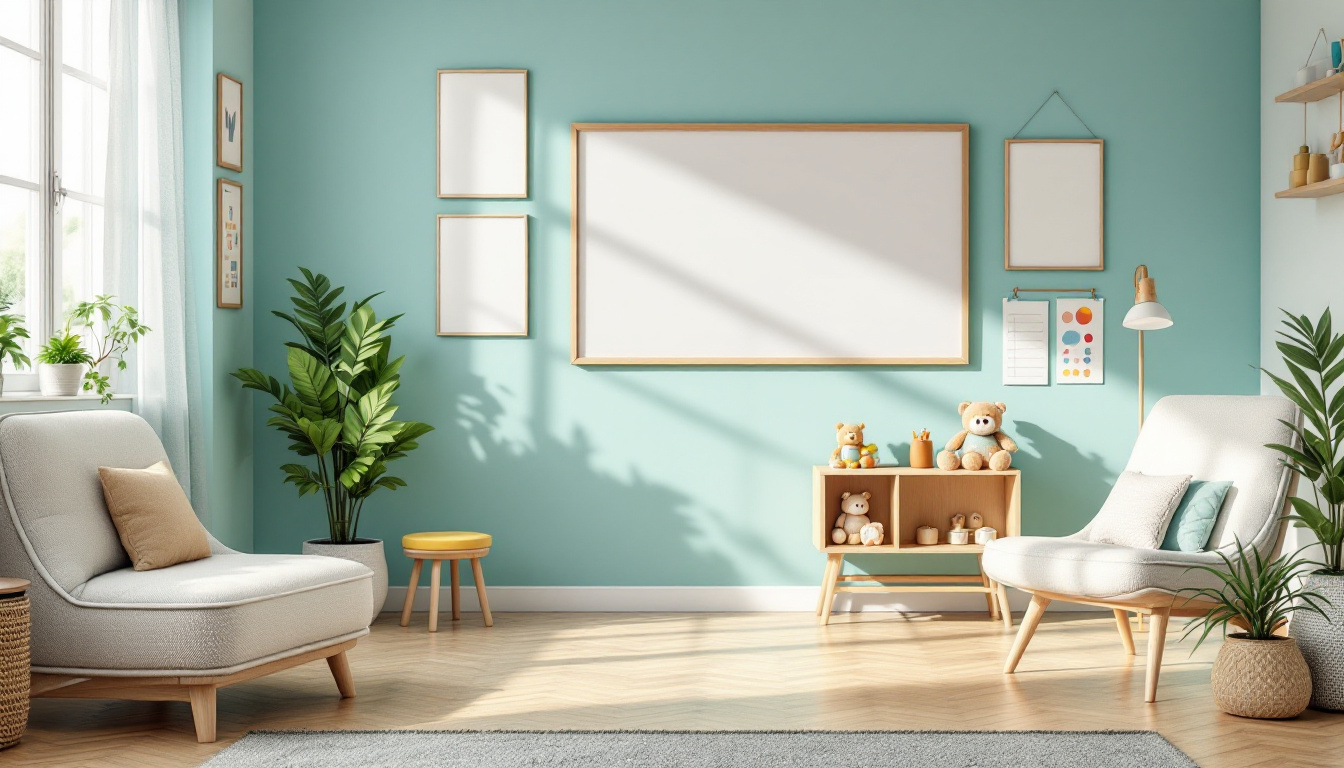






























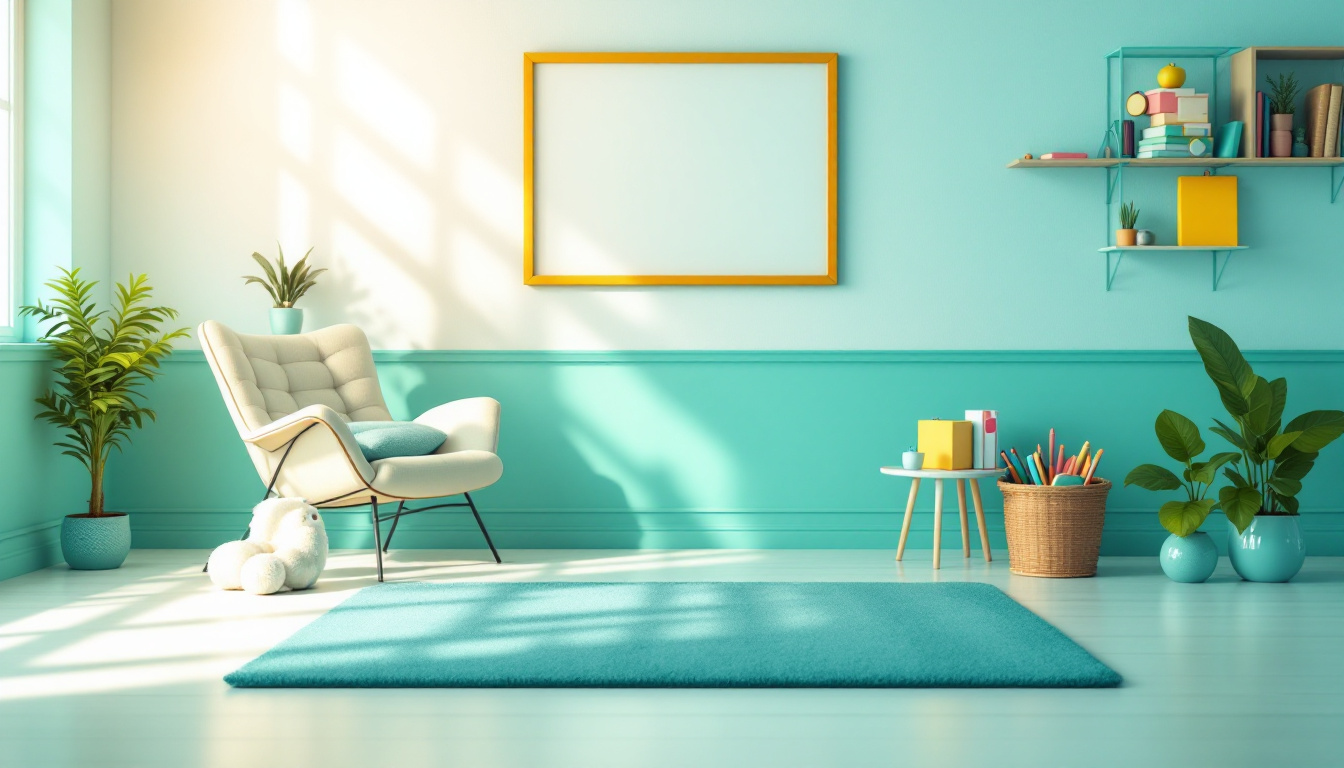

















































































































































































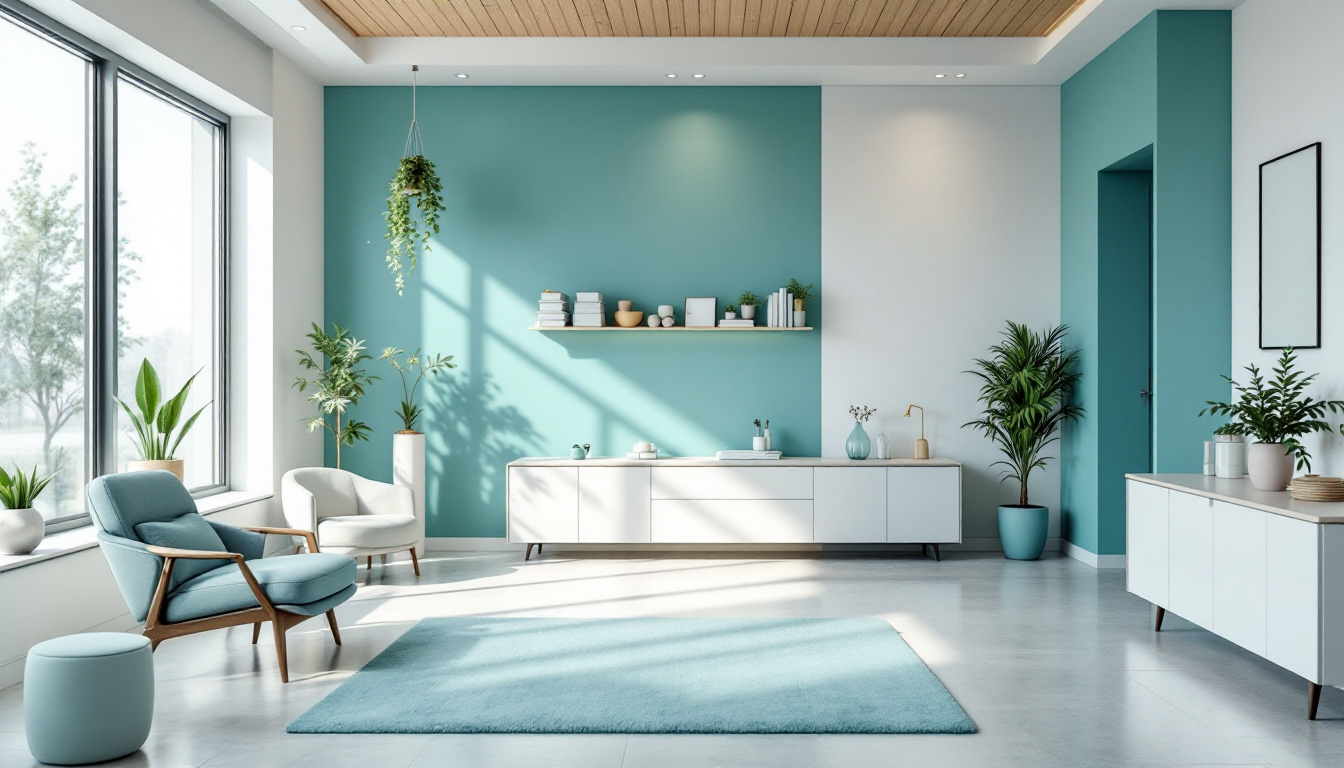


























































































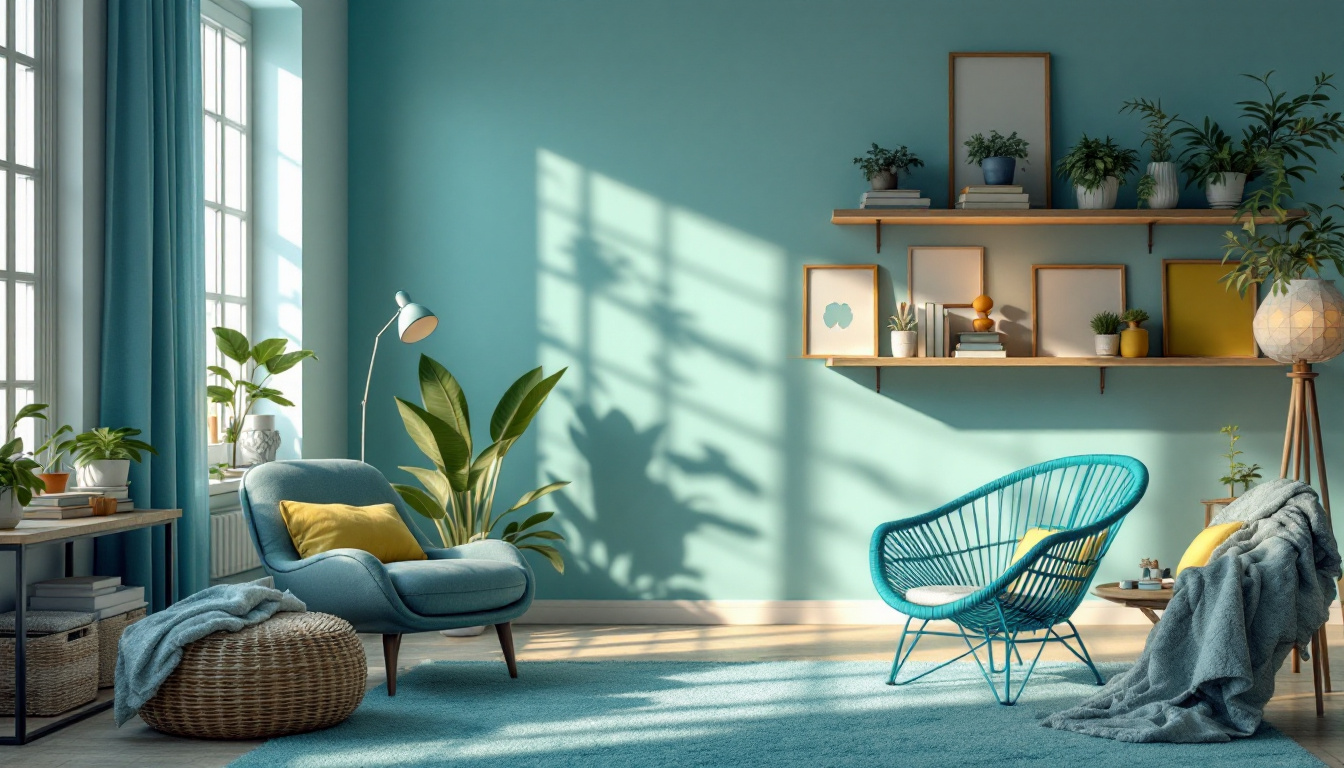




















































































.jpg)
.jpg)
.jpg)
.jpg)
.jpg)
.jpg)
.jpg)
.jpg)
.jpg)
.jpg)
.jpg)
.jpg)
.jpg)
.jpg)
.jpg)
.jpg)
.jpg)
.jpg)
.jpg)
.jpg)
.jpg)
.jpg)
.jpg)
.jpg)

.jpg)
.jpg)
.jpg)
.jpg)
.jpg)
.jpg)
.jpg)
.jpg)
.jpg)
.jpg)
.jpg)
.jpg)
.jpg)
.jpg)
.jpg)
.jpg)
.jpg)
.jpg)
.jpg)
.jpg)
.jpg)
.jpg)
.jpg)
.jpg)





































































































































































































.jpg)


































































.jpg)
.jpg)
.jpg)
.jpg)
.jpg)
.jpg)
.jpg)
.jpg)
.jpg)
.jpg)
.jpg)
.jpg)
.jpg)
.jpg)
.jpg)
.jpg)
.jpg)
.jpg)
.jpg)
.jpg)
.jpg)
.jpg)
.jpg)
.jpg)
.jpg)
.jpg)
.jpg)
.jpg)
.jpg)
.jpg)
.jpg)
.jpg)
.jpg)
.jpg)


.jpg)
.jpg)
.jpg)
.jpg)
.jpg)
.jpg)
.jpg)
.jpg)
.jpg)
.jpg)
.jpg)
.jpg)
.jpg)
.jpg)
.jpg)
.jpg)
.jpg)
.jpg)
.jpg)
.jpg)
.jpg)
.jpg)
.jpg)
.jpg)
.jpg)
.jpg)
.jpg)


.jpg)
.jpg)
.jpg)
.jpg)
.jpg)
.jpg)
.jpg)
.jpg)
.jpg)
.jpg)
.jpg)
.jpg)
.jpg)
.jpg)
.jpg)
.jpg)
.jpg)
.jpg)
.jpg)

.jpg)

.jpg)



































































































.jpg)
.jpg)
.jpg)
.jpg)
.jpg)
.jpg)
.jpg)
.jpg)
.jpg)
.jpg)
.jpg)
.jpg)
.jpg)
.jpg)
.jpg)
.jpg)
.jpg)
.jpg)
.jpg)
.jpg)
.jpg)
.jpg)
.jpg)
.jpg)
.jpg)
.jpg)
.jpg)
.jpg)
.jpg)
.jpg)
.jpg)
.jpg)
.jpg)
.jpg)
.jpg)
.jpg)
.jpg)
.jpg)
.jpg)
.jpg)
.jpg)
.jpg)
.jpg)
.jpg)
.jpg)
.jpg)
.jpg)

.jpg)
.jpg)
.jpg)
.jpg)
.jpg)
.jpg)
.jpg)
.jpg)
.jpg)
.jpg)
.jpg)
.jpg)
.jpg)
.jpg)

.jpg)
.jpg)
.jpg)
.jpg)
.jpg)
.jpg)
.jpg)
.jpg)
.jpg)
.jpg)
.jpg)
.jpg)
.jpg)
.jpg)

.jpg)
.jpg)
.jpg)
.jpg)
.jpg)
.jpg)
.jpg)
.jpg)
.jpg)
.jpg)
.jpg)
.jpg)
.jpg)
.jpg)

.jpg)
.jpg)
.jpg)
.jpg)
.jpg)
.jpg)
.jpg)
.jpg)
.jpg)
.jpg)
.jpg)
.jpg)
.jpg)
.jpg)

.jpg)
.jpg)
.jpg)
.jpg)
.jpg)
.jpg)
.jpg)
.jpg)
.jpg)
.jpg)
.jpg)
.jpg)
.jpg)
.jpg)

.jpg)
.jpg)
.jpg)
.jpg)
.jpg)
.jpg)
.jpg)
.jpg)
.jpg)
.jpg)
.jpg)
.jpg)
.jpg)
.jpg)
.jpg)
.jpg)
.jpg)
.jpg)
.jpg)
.jpg)
.jpg)
.jpg)
.jpg)
.jpg)
.jpg)
.jpg)
.jpg)
.jpg)
.jpg)
.jpg)
.jpg)
.jpg)
.jpg)
.jpg)
.jpg)
.jpg)
.jpg)
.jpg)
.jpg)
.jpg)
.jpg)
.jpg)
.jpg)
.jpg)
.jpg)
.jpg)
.jpg)
.jpg)

.jpg)
.jpg)
.jpg)
.jpg)
.jpg)
.jpg)
.jpg)
.jpg)
.jpg)
.jpg)
.jpg)
.jpg)
.jpg)
.jpg)
.jpg)
.jpg)
.jpg)
.jpg)
.jpg)
.jpg)
.jpg)
.jpg)
.jpg)
.jpg)

.jpg)
.jpg)
.jpg)
.jpg)
.jpg)
.jpg)
.jpg)
.jpg)
.jpg)
.jpg)
.jpg)
.jpg)
.jpg)
.jpg)
.jpg)
.jpg)
.jpg)
.jpg)
.jpg)
.jpg)
.jpg)
.jpg)
.jpg)

.jpg)
.jpg)
.jpg)
.jpg)
.jpg)
.jpg)
.jpg)
.jpg)
.jpg)
.jpg)
.jpg)
.jpg)
.jpg)
.jpg)
.jpg)
.jpg)
.jpg)
.jpg)
.jpg)
.jpg)
.jpg)
.jpg)
.jpg)

.jpg)
.jpg)
.jpg)
.jpg)
.jpg)
.jpg)
.jpg)
.jpg)
.jpg)
.jpg)
.jpg)
.jpg)
.jpg)
.jpg)
.jpg)
.jpg)
.jpg)
.jpg)
.jpg)
.jpg)
.jpg)
.jpg)
.jpg)
.jpg)
.jpg)
.jpg)
.jpg)
.jpg)
.jpg)
.jpg)
.jpg)
.jpg)
.jpg)
.jpg)
.jpg)
.jpg)
.jpg)
.jpg)
.jpg)
.jpg)
.jpg)
.jpg)
.jpg)
.jpg)
.jpg)
.jpg)
.jpg)

.jpg)
.jpg)
.jpg)
.jpg)
.jpg)
.jpg)
.jpg)
.jpg)
.jpg)
.jpg)
.jpg)
.jpg)
.jpg)
.jpg)
.jpg)
.jpg)
.jpg)
.jpg)
.jpg)
.jpg)
.jpg)
.jpg)
.jpg)
.jpg)

.jpg)
.jpg)
.jpg)
.jpg)
.jpg)
.jpg)
.jpg)
.jpg)
.jpg)
.jpg)
.jpg)
.jpg)
.jpg)
.jpg)
.jpg)
.jpg)
.jpg)
.jpg)
.jpg)
.jpg)
.jpg)
.jpg)
.jpg)
.jpg)
.jpg)

.jpg)
.jpg)
.jpg)
.jpg)
.jpg)
.jpg)
.jpg)
.jpg)
.jpg)
.jpg)
.jpg)
.jpg)
.jpg)
.jpg)
.jpg)
.jpg)
.jpg)
.jpg)
.jpg)
.jpg)
.jpg)
.jpg)
.jpg)
.jpg)
.jpg)
.jpg)
.jpg)
.jpg)
.jpg)
.jpg)
.jpg)
.jpg)
.jpg)
.jpg)
.jpg)
.jpg)
.jpg)
.jpg)
.jpg)
.jpg)
.jpg)
.jpg)
.jpg)
.jpg)
.jpg)
.jpg)
.jpg)

.jpg)
.jpg)
.jpg)
.jpg)
.jpg)
.jpg)

.jpg)
.jpg)
.jpg)
.jpg)
.jpg)
.jpg)
.jpg)
.jpg)
.jpg)
.jpg)
.jpg)
.jpg)
.jpg)
.jpg)
.jpg)
.jpg)

.jpg)
.jpg)
.jpg)
.jpg)
.jpg)
.jpg)
.jpg)
.jpg)
.jpg)
.jpg)
.jpg)
.jpg)
.jpg)
.jpg)
.jpg)
.jpg)
.jpg)
.jpg)
.jpg)
.jpg)
.jpg)
.jpg)
.jpg)

.jpg)
.jpg)
.jpg)
.jpg)
.jpg)
.jpg)
.jpg)
.jpg)
.jpg)
.jpg)
.jpg)
.jpg)
.jpg)
.jpg)
.jpg)
.jpg)
.jpg)
.jpg)
.jpg)
.jpg)
.jpg)

.jpg)
.jpg)
.jpg)
.jpg)
.jpg)
.jpg)
.jpg)
.jpg)
.jpg)
.jpg)
.jpg)
.jpg)
.jpg)
.jpg)
.jpg)
.jpg)
.jpg)
.jpg)
.jpg)
.jpg)
.jpg)
.jpg)
.jpg)
.jpg)
.jpg)
.jpg)

.jpg)
.jpg)
.jpg)
.jpg)
.jpg)
.jpg)
.jpg)
.jpg)
.jpg)
.jpg)
.jpg)
.jpg)
.jpg)
.jpg)
.jpg)
.jpg)
.jpg)
.jpg)
.jpg)
.jpg)
.jpg)
.jpg)
.jpg)
.jpg)
.jpg)
.jpg)
.jpg)
.jpg)
.jpg)
.jpg)
.jpg)

.jpg)
.jpg)
.jpg)
.jpg)
.jpg)
.jpg)
.jpg)
.jpg)
.jpg)
.jpg)
.jpg)
.jpg)
.jpg)
.jpg)
.jpg)
.jpg)
.jpg)
.jpg)
.jpg)
.jpg)
.jpg)
.jpg)
.jpg)
.jpg)
.jpg)
.jpg)
.jpg)
.jpg)
.jpg)
.jpg)
.jpg)
.jpg)
.jpg)
.jpg)
.jpg)
.jpg)
.jpg)
.jpg)
.jpg)
.jpg)
.jpg)
.jpg)
.jpg)
.jpg)
.jpg)
.jpg)
.jpg)
.jpg)
.jpg)
.jpg)
.jpg)
.jpg)
.jpg)
.jpg)
.jpg)
.jpg)
.jpg)
.jpg)
.jpg)
.jpg)
.jpg)
.jpg)
.jpg)
.jpg)
.jpg)
.jpg)

.png)
.png)
.png)
.png)
.png)
.png)
.png)
.png)
.png)

.jpg)
.jpg)
.jpg)
.jpg)
.jpg)
.jpg)
.jpg)
.jpg)
.jpg)
.jpg)
.jpg)
.jpg)

.jpg)
.jpg)
.jpg)
.jpg)
.jpg)
.jpg)
.jpg)
.jpg)
.jpg)
.jpg)
.jpg)
.jpg)
.jpg)
.jpg)
.jpg)
.jpg)
.jpg)
.jpg)
.jpg)
.jpg)
.jpg)

.png)
.png)
.png)
.png)
.png)
.png)
.png)
.png)
.png)
.png)
.png)
.png)
.png)
.png)
.png)
.png)
.png)
.png)
.png)
.png)
.png)
.png)

.png)


.jpg)
.jpg)
.jpg)
.jpg)
.jpg)
.jpg)
.jpg)
.jpg)
.jpg)

.jpg)
.jpg)
.jpg)
.jpg)
.jpg)
.jpg)
.jpg)
.jpg)
.jpg)
.jpg)
.jpg)
.jpg)
.jpg)
.jpg)
.jpg)
.jpg)
.jpg)
.jpg)
.jpg)
.jpg)
.jpg)
.jpg)
.jpg)



























.jpg)
.jpg)

.jpg)
.jpg)
.jpg)
.jpg)
.jpg)
.jpg)
.jpg)
.jpg)
.jpg)
.jpg)
.jpg)
.jpg)
.jpg)
.jpg)
.jpg)
.jpg)
.jpg)
.jpg)
.jpg)
.jpg)
.jpg)

.jpg)
.jpg)
.jpg)
.jpg)
.jpg)
.jpg)
.jpg)
.jpg)
.jpg)
.jpg)
.jpg)
.jpg)
.jpg)
.jpg)
.jpg)
.jpg)
.jpg)
.jpg)
.jpg)
.jpg)
.jpg)
.jpg)
.jpg)

.jpg)
.jpg)
.jpg)
.jpg)
.jpg)
.jpg)
.jpg)
.jpg)
.jpg)
.jpg)
.jpg)
.jpg)
.jpg)
.jpg)
.jpg)
.jpg)
.jpg)
.jpg)

.jpg)
.jpg)
.jpg)
.jpg)

